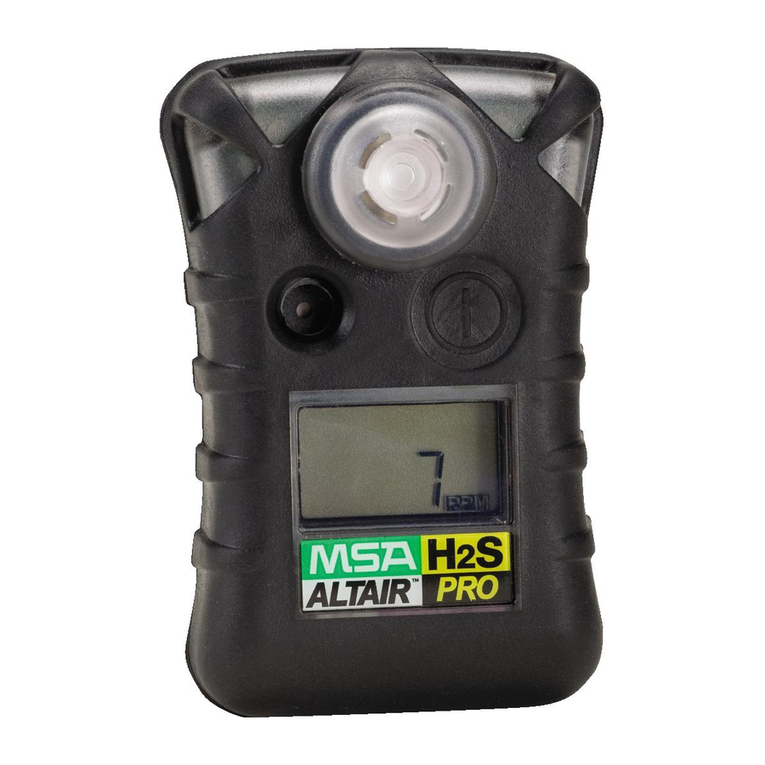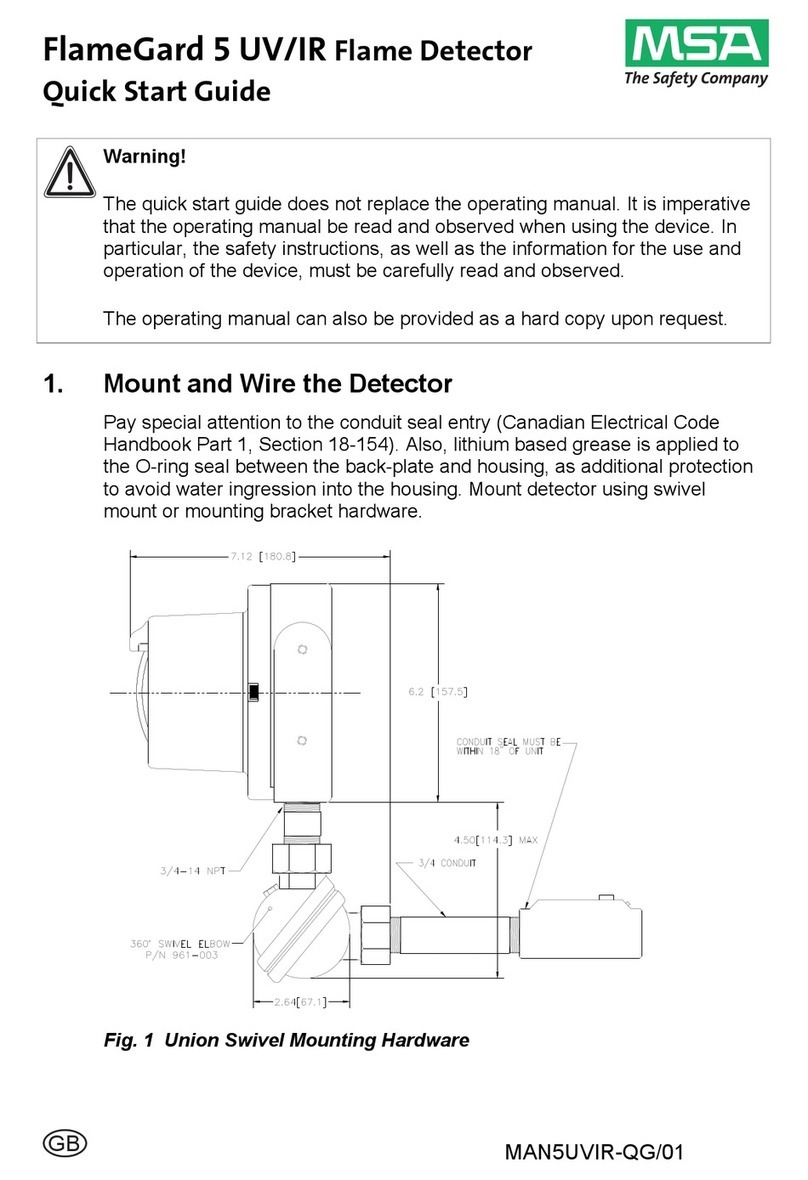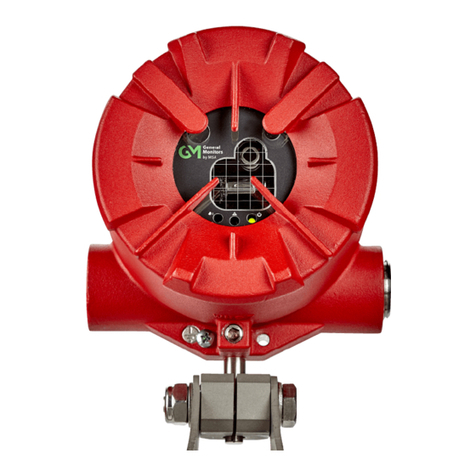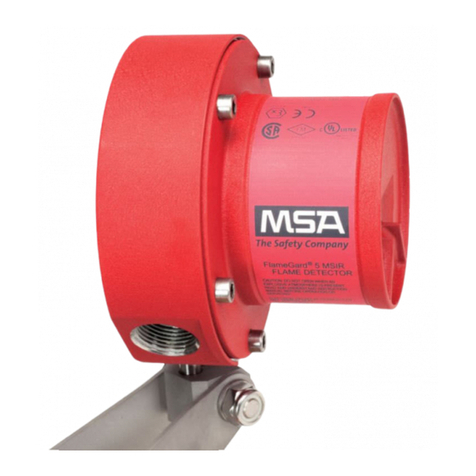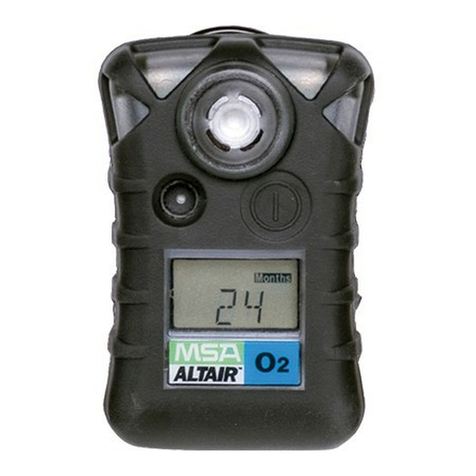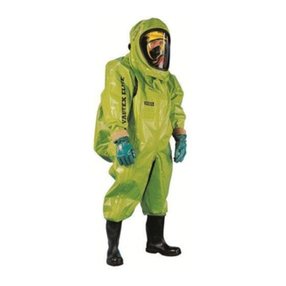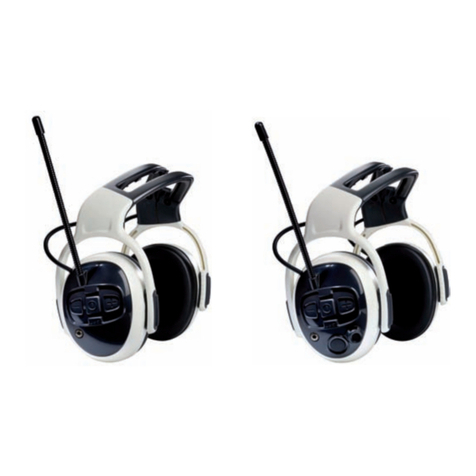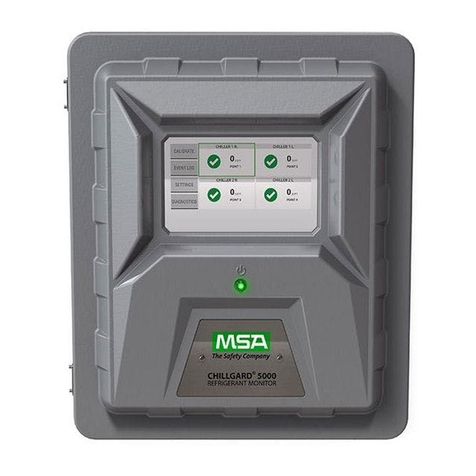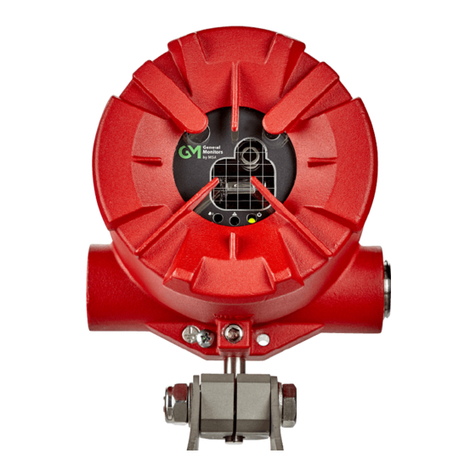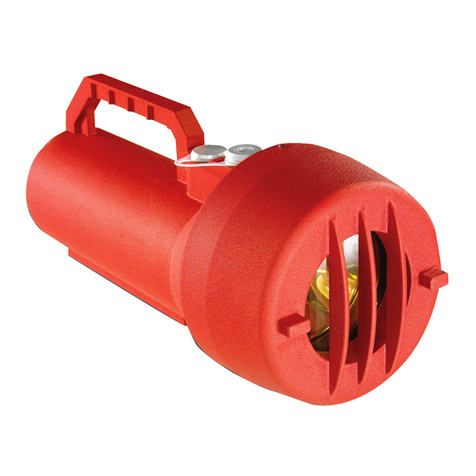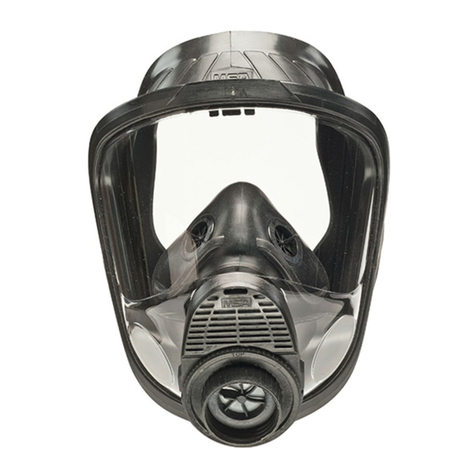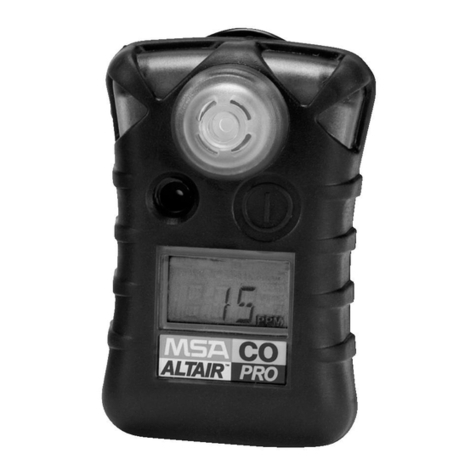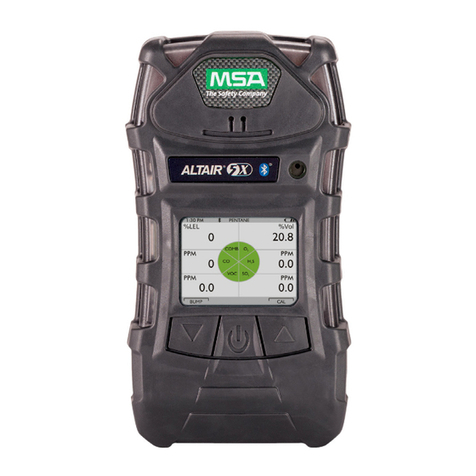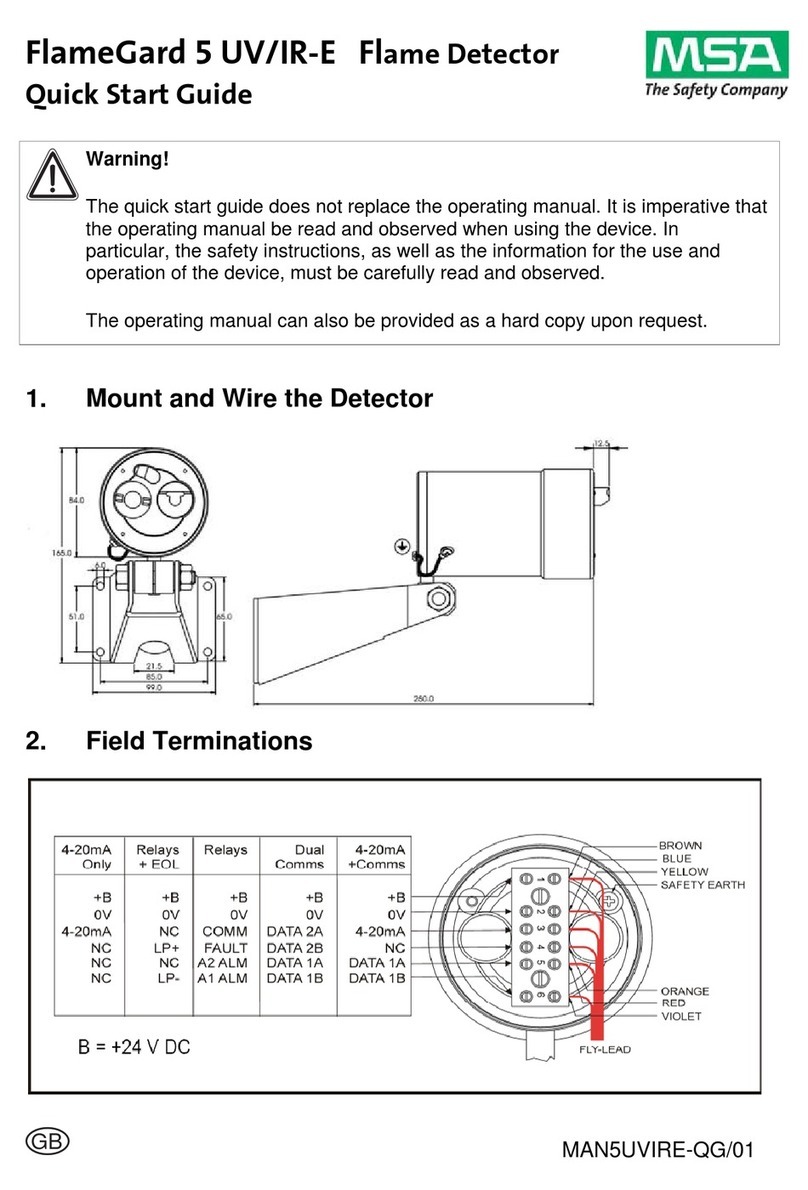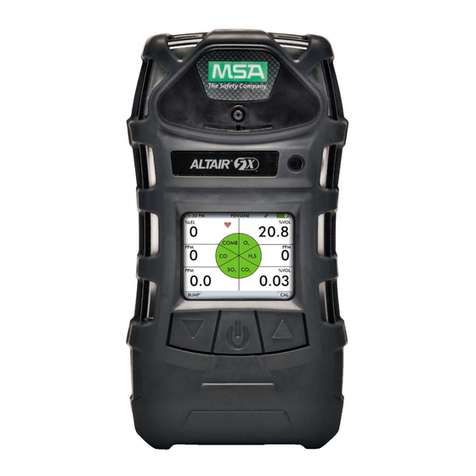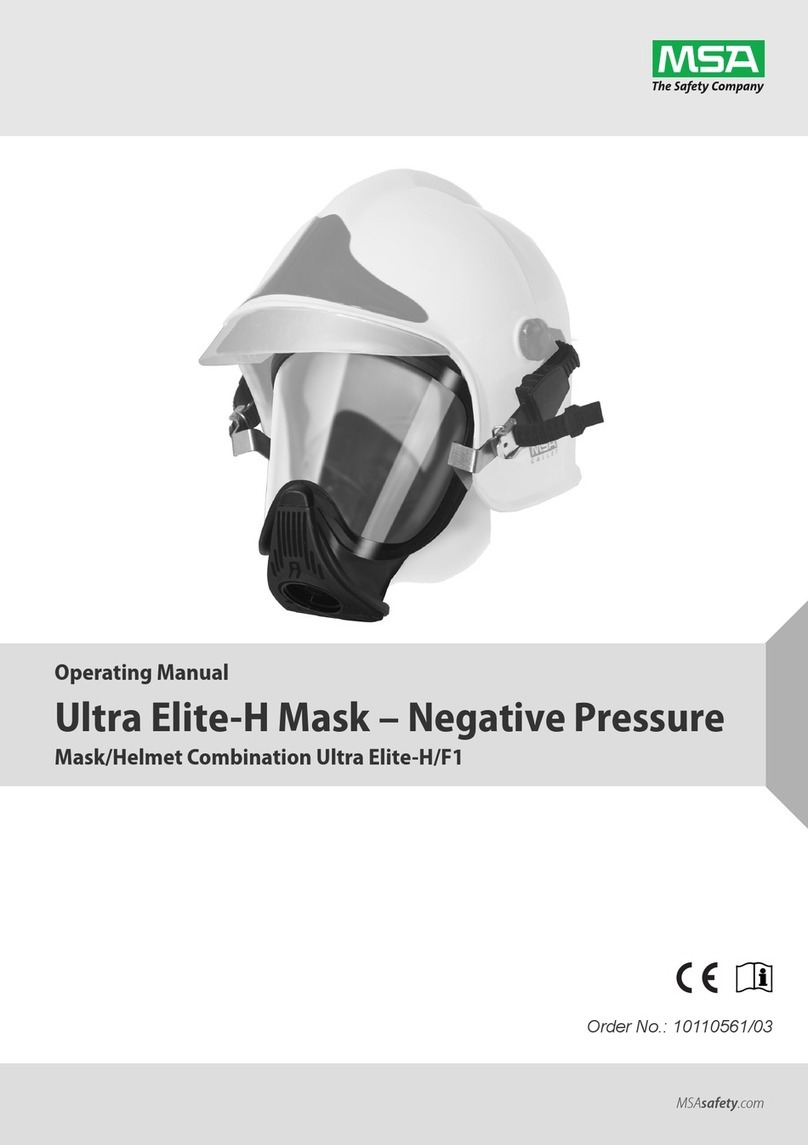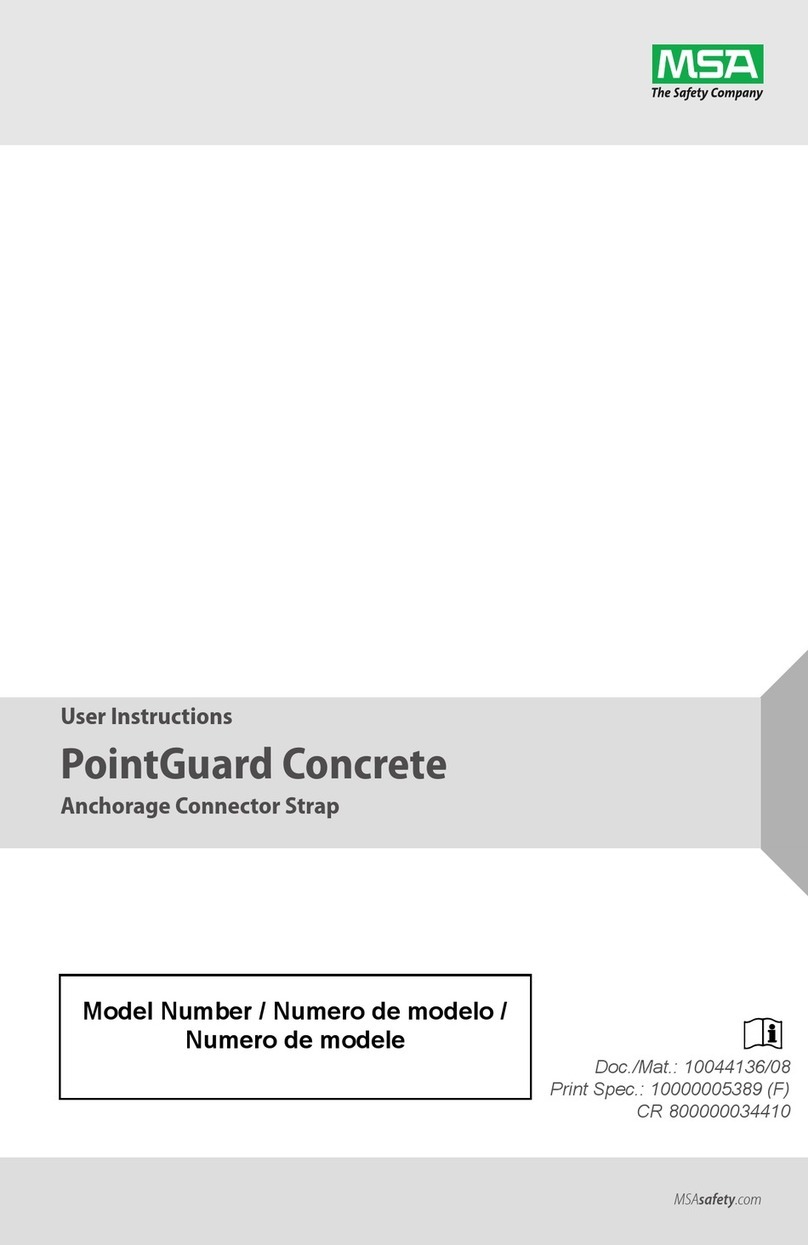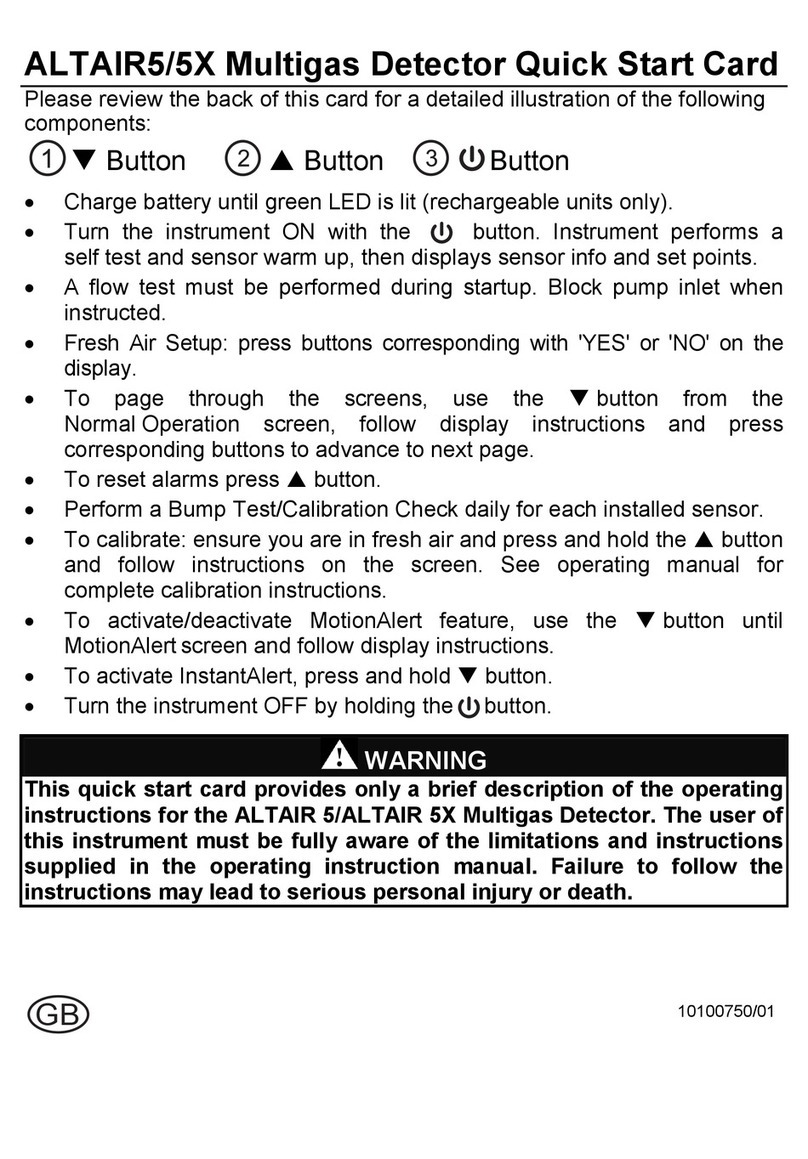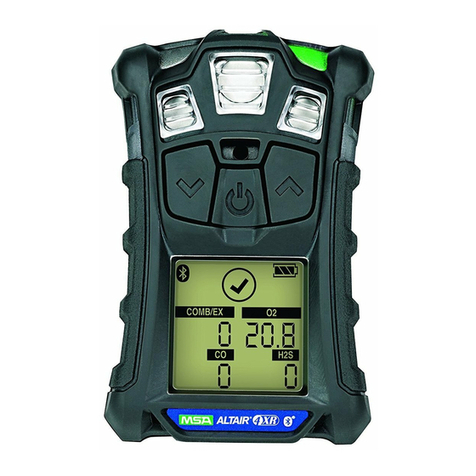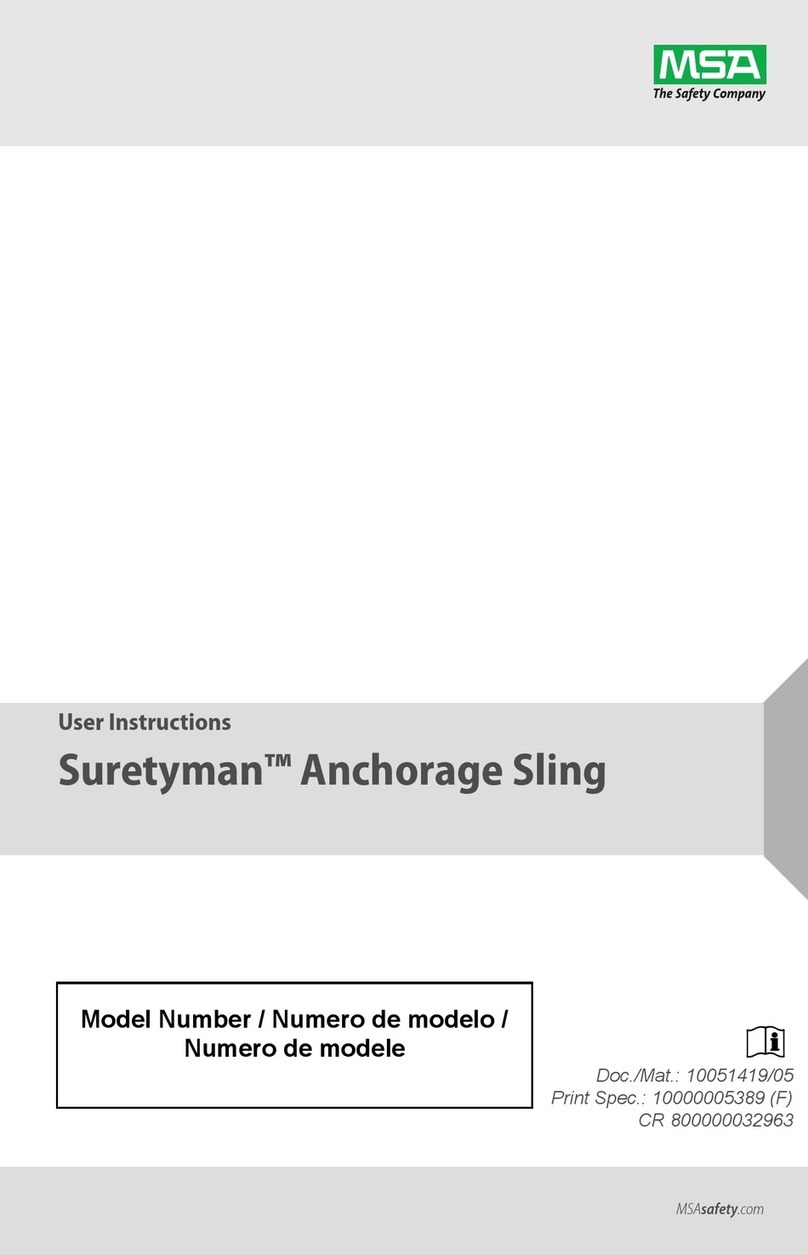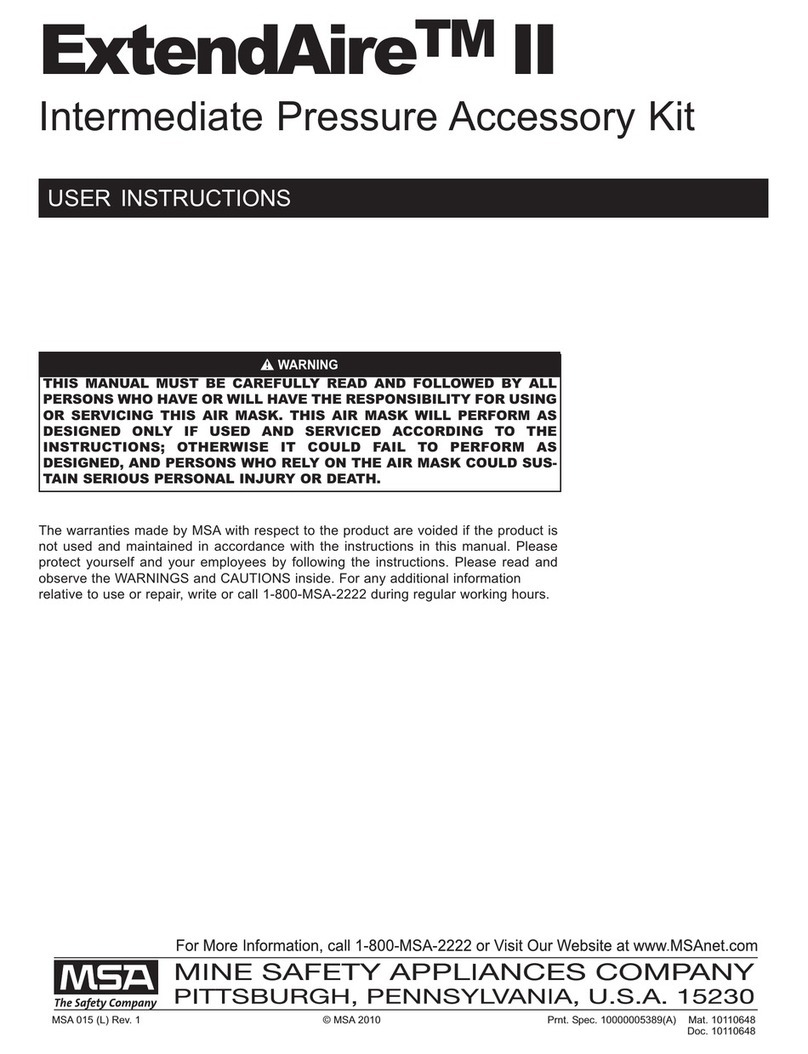FlameGard 5 UV/IR-E
1
Table of Contents
Page
1.0 Introduction ...................................................................................................... 2
1.1 General Description ........................................................................... 2
1.2 Principle of Operation ........................................................................ 3
2.0 Specifications ...................................................................................................... 6
2.1 System Specifications........................................................................ 6
2.2 Mechanical Specifications.................................................................. 7
2.3 Electrical Specifications .................................................................... 7
2.4 Environmental Specifications............................................................. 8
2.5 Modbus RTU Protocol........................................................................ 8
3.0 Installation ...................................................................................................... 9
3.1 Upon Receipt of Your Equipment ...................................................... 9
3.2 Choosing Detector Locations............................................................. 9
3.3 Detector Installation ......................................................................... 10
3.4 Interconnecting Cable Guidelines.................................................... 11
3.5 Installation Instructions .................................................................... 11
3.6 Terminal Connections ...................................................................... 14
3.7 User Selectable Options .................................................................. 17
3.8 Factory Default Settings................................................................... 19
4.0 Maintenance .................................................................................................... 21
4.1 General Maintenance....................................................................... 21
4.2 Cleaning the Lenses/Light Rod........................................................ 21
4.3 Sensitivity Check.............................................................................. 22
4.4 Storage ............................................................................................ 22
5.0 Trouble Shooting ............................................................................................... 23
5.1 Trouble Shooting Chart.................................................................... 23
6.0 Spares & Accessories ....................................................................................... 24
6.1 Spare Parts ...................................................................................... 24
6.2 Test Lamps ...................................................................................... 24
7.0 Markings, Certificates and Approvals.............................................................. 25
7.1 ATEX................................................................................................ 25
7.2 SIL Parameters ................................................................................ 25
8.0 Modbus Serial Communications ...................................................................... 26
